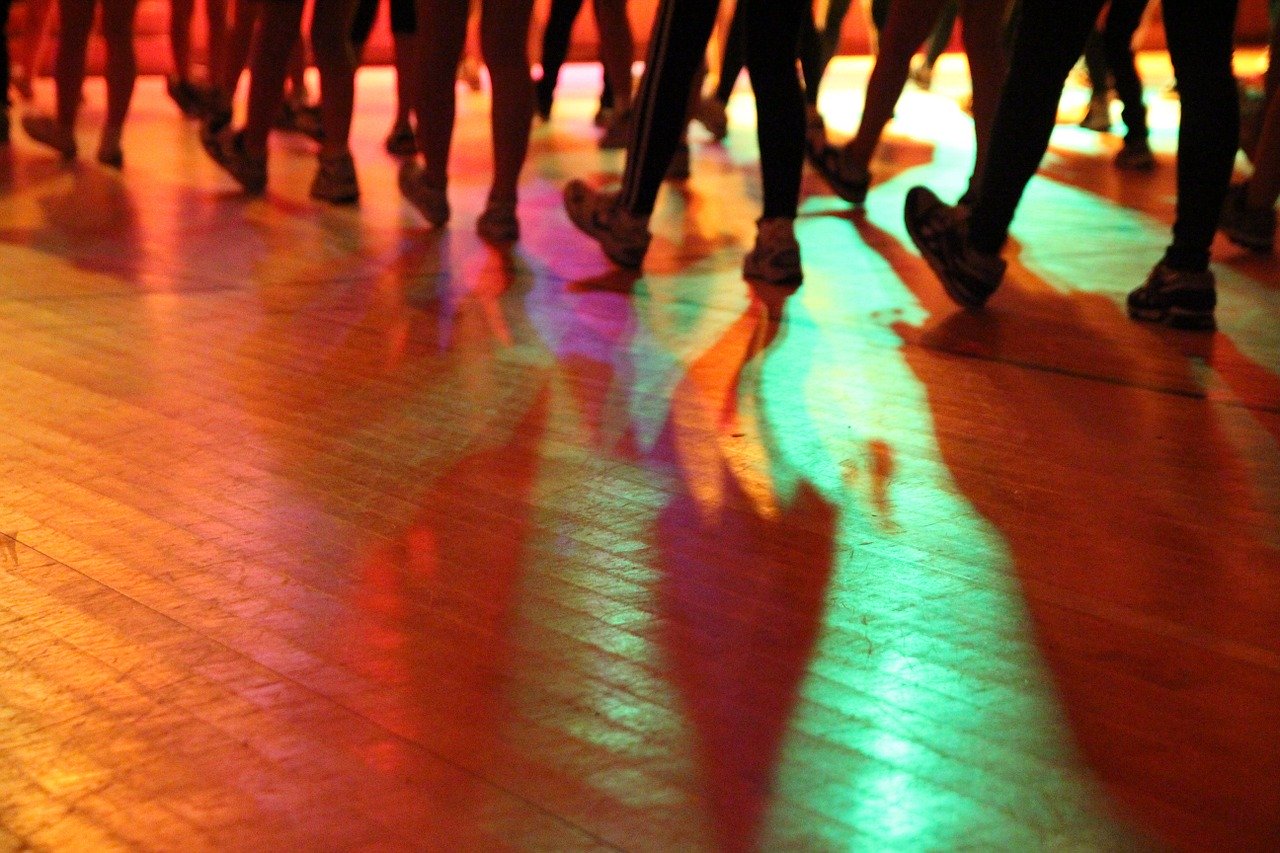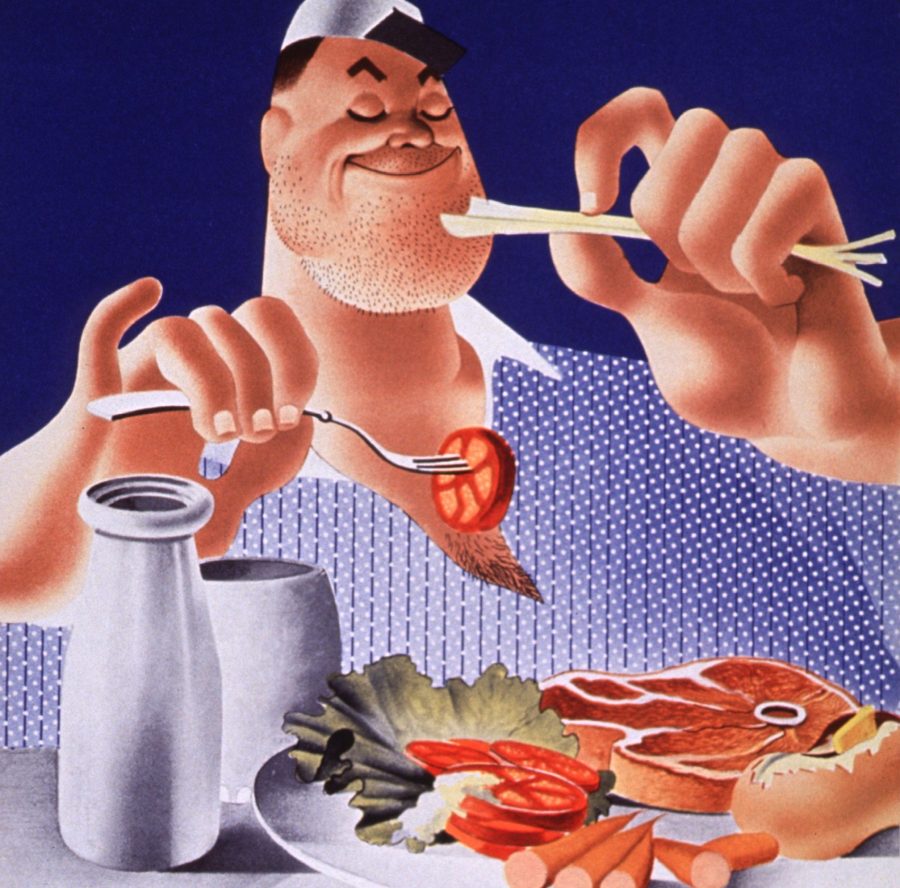In Shape in Mozambique: Bodywork and the Different Qualities of Body Fat

In Maputo, the capital of Mozambique, exercising is now all the rage. Scores of joggers take to the streets before sunrise, or just after sunset, while others gather in parks and roundabouts to exercise together, often to the commands of an instructor. Some use public staircases for sprints and jump-squats, and benches for triceps dips. The practice of physical activity in this part of the world is, of course, not entirely new, and the colonial histories of sports and leisure offer an important historical backdrop against which to understand current trends. But fitness, as a pursuit driven by a combination of health and aesthetic concerns is a novel and increasingly popular phenomenon. Only a few years ago, gyms and joggers…



